Goddess Manasa stands as a fascinating figure in Hindu mythology, revered primarily in Bengal, Uttarakhand, Jharkhand, and the northeastern regions of India. Known as the snake goddess, she commands authority over all serpents and is sought for protection against snake bites, as well as for blessings of fertility and prosperity. Manasa is recognized as the sister of Vasuki, the king of Nagas, and the wife of Sage Jaratkaru. She embodies both destruction and regeneration, much like a serpent shedding its skin and emerging anew. Her origins are rooted in tribal traditions, later integrated into mainstream Hinduism, and her legends highlight her resilience in seeking recognition and devotion. Manasa's worship peaks during the rainy season when snake encounters are most common, and she is celebrated for her power to cure poison, grant wishes, and protect her devotees from harm.
Who is Manasa Devi?
Manasa Devi is a prominent goddess in the Hindu pantheon, revered as the goddess of snakes and worshipped for protection from snake bites, fertility, and prosperity. She holds a unique position as both a protector and a bestower of boons. Manasa is considered the daughter of Sage Kashyapa and Kadru, making her the sister of Vasuki, the king of serpents. She is also recognized as the wife of Sage Jaratkaru. Her lineage and close association with the Nagas establish her as a powerful deity connected to serpentine forces, and her worship is especially significant in regions where the risk of snake bites is high.
Manasa Devi is often depicted with distinct symbols and attributes. Her vehicle is a snake, reinforcing her dominion over serpents. She is typically shown holding a pot of poison, a symbol of her control over venom and her power to cure or inflict it. Sometimes she is portrayed with a swan or seated on a lotus, signifying purity and transcendence. The snake, both as her vahana and as an emblem, highlights her protective and transformative powers, while the pot of poison underscores her mastery over life and death.
Significance of Manasa Devi
Goddess Manasa holds profound philosophical and spiritual significance in Hinduism, particularly as a symbol of the mind, inner wisdom, and the transformative power of devotion. Her name derives from the Sanskrit word for mind, reflecting her association with intellect, clarity, and spiritual awakening. Manasa bridges the earthly and divine realms, embodying both protection and healing. She is invoked for relief from snake bites, fertility, prosperity, and the removal of toxins—both literal and metaphorical. Her mythology underscores the interconnectedness of life, the balance between destruction and regeneration, and the elevation of spiritual consciousness through overcoming fear and adversity.
Manasa's importance is especially pronounced in eastern India, including Bengal, Assam, and Odisha, where she is a central figure in agrarian and mercantile communities. Her worship is widespread among rural populations, lower castes, and merchant groups, who seek her blessings for health, wealth, and family well-being. In Bengal, she is a household deity, with shrines present in many homes and villages. Among the Rajbanshis of North Bengal and rural communities in Assam, Manasa is considered a guardian and is honored for her role in local folklore and daily life.
Several festivals are dedicated to Manasa, reflecting her regional prominence. Manasa Puja, observed during the monsoon months of Ashad and Shravan, is marked by rituals and offerings for protection from snakes and for prosperity. In Assam, Manasa Puja is celebrated with offerings of milk, flowers, and rice, accompanied by folk performances and devotional storytelling. The Mata Mansa Devi Mandir in Panchkula, Haryana, hosts major celebrations during Navratri, Makar Sankranti, Maha Shivratri, Diwali, and Durga Ashtami, drawing thousands of devotees. Her worship during Nag Panchami and the annual fairs at her temples further highlight her enduring cultural and spiritual relevance.
Iconography & Symbolism
Manasa is depicted as a beautiful goddess with a golden or yellow complexion, often dressed in red garments and adorned with gold jewelry. Her physical form is striking, with four arms that carry symbolic items: an eight-hooded snake in her left hand and a fruit in her right, while her other hands display the gesture of granting boons. She typically sits in the lalitasana posture on a double-petalled lotus placed above a jar from which two snakes emerge. Her body is decorated with snake ornaments, most notably the Sarpa-Kuchabandha, a breast band made of snakes. The canopy of seven cobra hoods above her head signifies her supreme authority over serpents. She is sometimes shown with her son Astika on her lap, and in some depictions, she is recognized as the one-eyed goddess, a result of her stepmother's jealousy. A goose may appear beside her, and she is occasionally seen standing on a snake or seated on a lotus, reinforcing her dominion and purity.
In art, sculptures, and temple depictions, Manasa appears with a serene expression, surrounded by snakes and elaborate ornaments. Traditional images are crafted from black basalt, highlighting her divine presence. Temples such as the Mansa Devi Mandir in Haridwar feature intricate carvings and vivid representations, with the goddess seated in royal ease, her seven-headed serpent canopy radiating behind her. Sculptures often include her husband Jaratkaru and son Astika, as well as motifs of worshippers and sages. The artistic style draws from both Hindu and Buddhist influences, especially in regions like Bengal and the Himalayan foothills, where her images are prevalent in both household shrines and temple sanctums.
Color symbolism is central to Manasa's iconography. Gold and yellow represent fertility and her connection to nature, while red garments signify auspiciousness and power. The green of the snakes further emphasizes fertility and protection. Her posture, usually lalitasana or seated on a lotus, conveys grace and authority. The varada mudra, or gesture of granting boons, underscores her benevolent nature, while the presence of snakes and the lotus highlights her dual role as a protector and purifier. The canopy of seven cobra hoods above her head is a powerful symbol of immortality and divine shelter, reinforcing her status as the supreme goddess of serpents.
Origin of Manasa Devi
Manasa Devi's origins are deeply rooted in Hindu mythology and reflect a blend of tribal, non-Vedic, and later mainstream Hindu traditions. Her mythological beginnings are described in several ancient texts, most notably the Puranas and regional epics. The Puranas state that Sage Kashyapa created Manasa from his mind to control the chaos caused by serpents and reptiles on earth. Brahma then appointed her as the reigning deity of snakes and reptiles. This connection to Kashyapa and her emergence from his mind gave her the name Manasa, which means 'born of the mind' and also 'wish' highlighting her role as a fulfiller of devotees' desires. Some traditions, especially in Bengal, describe her as the daughter of Shiva, rejected by her stepmother Parvati, which led her to seek recognition and worship on earth. This duality in her parentage—either as Kashyapa's mind-born daughter or Shiva's daughter—contributed to her unique status and her struggle for full acceptance among the gods.
Manasa's stories are interwoven with cosmic events and major Hindu scriptures. In the Mahabharata, she is linked to the sage Jaratkaru, whom she marries at the insistence of the serpent king Vasuki. Their son, Astika, plays a crucial role in stopping King Janamejaya's snake sacrifice, thereby saving the Naga race from extinction. The Brahma Vaivarta Purana and Manasamangal Kavya elaborate on her origins and her quest for worship, particularly her efforts to convert the merchant Chand Saudagar into her devotee. Her legends also connect her to the churning of the ocean (Samudra Manthan), where she saves Shiva from the effects of the deadly Halahala poison. Over time, Manasa was integrated into the Shaiva pantheon and recognized as a goddess of fertility and marriage rites, with her worship spreading from tribal communities to mainstream Hindu society.
Her mythology underscores her role as both protector and punisher, bestowing blessings on devotees while bringing calamity to those who refuse her. Through her connection to the Puranas, Mahabharata, and regional literature, Manasa Devi's legend bridges the worlds of gods, humans, and serpents, making her a powerful figure in Hindu cosmology and devotional practice.
Legends and Stories
Manasa Devi's legends span diverse regions and texts, each highlighting a unique aspect of her power and influence. In the Puranic account, Manasa's creation directly addresses the threat of serpents, positioning her as the supreme controller of snake-kind. Her marriage to Sage Jaratkaru is not only a personal narrative but also a pivotal event that leads to the birth of Astika, whose intervention halts the mass extermination of snakes during King Janamejaya's sacrifice. This story emphasizes Manasa's role in preserving the balance between humans and Nagas, reinforcing her status as a guardian deity.
The Bengali legend of Manasa and Chand Saudagar explores her relentless pursuit of recognition. Despite repeated tragedies inflicted upon Chand's family, his resistance underscores the tension between established Vedic traditions and emerging folk deities. Behula's devotion and perseverance introduce themes of loyalty and the transformative power of faith, ultimately leading to Manasa's acceptance and worship, though on terms that reflect Chand's lingering reluctance.
Manasa's association with the Samudra Manthan event adds a cosmic dimension to her character. By neutralizing the effects of the Halahala poison and saving Shiva, she demonstrates mastery over life-threatening forces, earning reverence as a healer and protector against all forms of venom. This episode distinguishes her from other deities by linking her directly to a foundational myth of the Hindu cosmos.
These stories collectively present Manasa as a multifaceted goddess who commands respect through both compassion and formidable power, bridging tribal origins with mainstream Hindu worship and embodying the enduring struggle for acceptance and recognition in the divine hierarchy.
Spiritual Lessons from Manasa Devi
The tales of Manasa Devi impart several clear moral and spiritual lessons. Her stories emphasize the transformative power of unwavering devotion and faith, as seen in Behula's determination to restore her husband's life. Behula's journey demonstrates that sincere love and relentless commitment can overcome even divine obstacles and soften the heart of a powerful deity.
Manasa's pursuit of recognition and worship highlights the importance of humility and the dangers of pride. Chand Saudagar's initial refusal to acknowledge Manasa, despite repeated signs and tragedies, reflects the pitfalls of stubbornness and ego. His eventual acceptance, even if reluctant, restores balance and brings peace, showing that openness to change and respect for all forms of divinity are essential for harmony.
The legends also illustrate the dual nature of divine justice. Manasa rewards sincere devotees with compassion, healing, and prosperity, while those who reject her face consequences. This duality teaches that respect for the divine and acknowledgment of spiritual forces are crucial for personal and communal well-being.
Manasa's own struggles for acceptance among the gods mirror the broader theme of perseverance. Her journey from rejection to widespread veneration encourages resilience in the face of adversity and the pursuit of rightful recognition, both spiritually and socially. These stories collectively reinforce the values of faith, humility, justice, and perseverance.
Puja Vidhi at Home
Required Materials:
- Branch of a tree, earthen snake image, earthen pot, or image of Manasa Devi
- Red or yellow flowers
- Red or yellow fruits
- Incense sticks
- Dhoop
- Camphor
- Brass or silver pot of water
- Ripe bananas
- Milk
- Sweet prasad such as sheera or rava kesari
- Clean altar or platform facing east
- Candle or diya
Step-by-Step Puja Guide
- Purify yourself and the space
- Place the chosen representation of Manasa Devi on the altar
- Offer water, red or yellow flowers, incense, dhoop, and light camphor or candles
- Present fruits and sweets as naivedya
- Recite the Manasa Devi Moola Mantra, 'Om Hreem Shreem Kleem Aim Maanasaa Dhevyai Swaahaa,' at least 108 times, preferably during sunrise or sunset
- Maintain focus and devotion throughout the puja
- Conclude with the aarti 'Om Jai Mansa Mata,' waving the camphor flame before the deity
- Offer prayers for protection, health, and fulfillment of wishes
- Distribute prasad among family members
Perform this procedure on Panchami tithi or during festivals like Naga Panchami for maximum benefit
Mantras Dedicated to Manasa Devi
Om Hreem Shreem Kleem Aim Maanasaa Dhevyai Swaahaa
Meaning:
Salutations to Goddess Manasa, the divine mother who grants protection, prosperity, and fulfillment of wishes.
Benefits:
Chanting this mantra invokes the blessings of Manasa Devi for protection from snake bites, removal of poisons, healing from contagious diseases, and overall well-being. It also helps eliminate serpent curses, nightmares about snakes, and doshas like kala sarpa and naga dosha. Devotees experience relief from fear and obstacles, and couples seeking children pray for progeny through this mantra.
Om Nagarajyae Namah
Meaning:
Salutations to the Queen of Serpents.
Benefits:
This mantra is chanted for protection against snake bites, to remove fear of snakes, and to ensure safety during the rainy season when encounters with snakes are common. It also helps in neutralizing negative energies and overcoming obstacles related to serpent afflictions.
Om Sarvabhishtapradayai Namah
Meaning:
Salutations to the Goddess who fulfills all desires.
Benefits:
Chanting this mantra brings fulfillment of wishes, prosperity, and success in endeavors. It is especially favored by those seeking blessings for progeny, fame, and the removal of persistent obstacles in life.
Benefits of Worshipping Manasa Devi
Worship of Manasa Devi brings a blend of spiritual, mental, and material benefits. Spiritually, she offers protection from venomous creatures and contagious diseases, symbolizing the triumph of divine grace over danger and negativity. Her blessings foster inner peace, spiritual cleansing, and the removal of obstacles, guiding devotees toward clarity and enlightenment. Mentally, chanting her mantras and participating in her rituals reduce fear, anxiety, and stress, especially related to snakes and unknown dangers. This mental calmness is further supported by her association with Kundalini Shakti, which promotes energy balance and mental clarity. Materially, Manasa Devi is revered for granting fertility, prosperity, and family well-being. Childless couples seek her blessings for progeny, and families pray for health, fame, and relief from persistent hardships. Her worship removes serpent curses and doshas, ensuring harmony and success in life.
Most important benefits of worshipping Manasa Devi:
- Protection from snake bites and venomous creatures
- Healing from contagious diseases like chickenpox and smallpox
- Blessings for fertility and healthy children
- Removal of serpent curses and doshas such as kala sarpa and naga dosha
- Elimination of nightmares and fear related to snakes
- Relief from obstacles and negative influences
- Granting of prosperity, name, and fame
- Promotion of peace, mental clarity, and spiritual cleansing
- Support for family welfare and harmony
- Alignment with nature, encouraging ecological balance and sustainable living
Temples Dedicated to Manasa Devi
Temples dedicated to Manasa Devi are major centers of worship and pilgrimage, reflecting the goddess's deep cultural and spiritual significance. The Mata Mansa Devi Mandir in Panchkula, Haryana, stands as one of the most prominent shrines, constructed in the early 19th century by Maharaja Gopal Singh of Manimajra. This temple complex, spread over 100 acres at the foothills of the Shivalik range, is renowned for its intricate carvings, vibrant wall paintings, and a sacred tree where devotees tie threads to seek blessings. The temple's architecture blends traditional North Indian and Mughal features, with the main shrine housing both pindi (stone) forms and a marble bust of the goddess. The Patiala Shivalaya temple, built in 1840 nearby, showcases the nagara style with curvilinear spires and open parikarma, highlighting regional architectural diversity.
The Haridwar Mansa Devi Temple, perched atop Bilwa Parvat in Uttarakhand, is another ancient and revered pilgrimage site. This temple, accessible by a trek or cable car, features two main idols of the goddess—one with three mouths and five arms, the other with eight arms. It is a key part of the Tridevi Darshan circuit along with Chandi Devi and Maya Devi temples. The temple is especially famous for its wish-fulfilling rituals, where devotees tie threads to a sacred tree and return to untie them once their prayers are answered. The site's panoramic views and spiritual ambiance draw lakhs of pilgrims, especially during Navratri, Shravan, and Kumbh Mela.
Other important temples include the Mansa Devi temple in Meerut, which serves as a local sanctuary for peace and cultural immersion, and various shrines across Bengal and Assam that host the Bihula Festival. These temples often feature unique regional rituals, such as folk performances and processions recounting the legendary tale of Bihula and Lakhindar, central to Manasa Devi's worship in eastern India.
Major festivals celebrated at these temples include Navratri, when the temples are adorned with flowers and lights and special rituals are performed daily. Makar Sankranti, Maha Shivratri, Diwali, and Durga Ashtami are also marked by elaborate ceremonies, community feasts, and cultural programs. The annual fairs and melas attract thousands of devotees, reinforcing the temples' roles as vibrant spiritual and cultural hubs. These temples not only serve as places of worship but also as custodians of regional heritage, preserving the legends and rituals of Manasa Devi for generations.
Presence in Other Traditions
Manasa Devi's influence extends beyond Hinduism, notably intersecting with Buddhist and Jain traditions. In Mahayana Buddhism, the poison-curing goddess Janguli shares striking similarities with Manasa, including her swan vehicle and her reputation as a destroyer of poison. Scholars suggest that Janguli may have influenced the evolution of Manasa's attributes, particularly her healing and protective aspects. The blending of these traditions is evident in the shared symbolism of snakes and the role of these goddesses as guardians against poison and disease. In Jainism, Manasa appears as Padmavati, the snake goddess and wife of Jaratkaru, especially in Bengal. Jain texts and vernacular manuscripts recount stories parallel to those in Hinduism, such as the tales of Behula and Chand Merchant, highlighting the fluidity and adaptation of Manasa's legends across religious boundaries.
In Southeast Asia, while direct worship of Manasa is not prominent, the broader theme of serpent deities is pervasive. The naga cult, which venerates serpent spirits, is widespread in countries like Cambodia, Thailand, and Indonesia. These traditions share motifs of fertility, protection, and the mediation between the earthly and spiritual realms, echoing Manasa's core attributes. The assimilation of local snake goddesses into mainstream Hindu and Buddhist practices in these regions suggests a shared cultural foundation for serpent worship and its associated rituals.
Comparative mythology reveals that Manasa's archetype resonates with other serpent deities worldwide. In Greek mythology, Medusa is a well-known serpent figure, but unlike Manasa, Medusa's snakes symbolize victimhood and isolation, whereas Manasa's serpentine symbolism represents healing, fertility, and divine authority. Ancient Egyptian, Mesopotamian, and Sumerian traditions also feature snake goddesses or snake symbolism, often connected to protection, regeneration, and the underworld. These parallels highlight a universal human fascination with serpents as symbols of both danger and renewal, with Manasa standing out for her dual role as a feared and revered protector in the Indian religious landscape.
Rudra Centre's Manasa Devi Puja Services
A special puja performed at the famous Mansa Devi Temple in Haridwar by experienced priests. Includes Vedic rituals, mantra chanting, and a puja tokri with prasad, energized rudraksha, yantra, and tabeez sent to your address. Personalized with your birth details and wishes. Duration is two hours.
Conclusion: The Serpent Goddess of Transformation and Protection
Manasa Devi stands as a dynamic force in Hindu spirituality, embodying both the power to heal and the authority to protect. Her presence bridges ancient tribal beliefs and mainstream Hindu worship, making her a vital figure for those seeking relief from fear, disease, and adversity. Through her legends, Manasa teaches the value of unwavering faith, humility, and perseverance, while her rituals offer tangible benefits for spiritual, mental, and material well-being. Her temples and festivals draw millions, affirming her enduring relevance across generations and regions. Manasa Devi's legacy is one of resilience, compassion, and divine guardianship, inspiring devotees to embrace transformation and seek harmony within themselves and the world around them.


-in-Astrology.jpg)

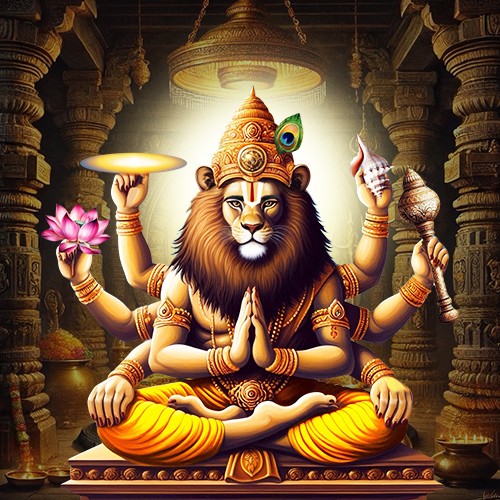
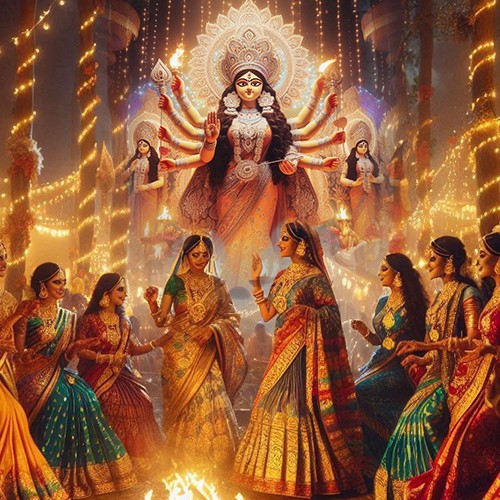
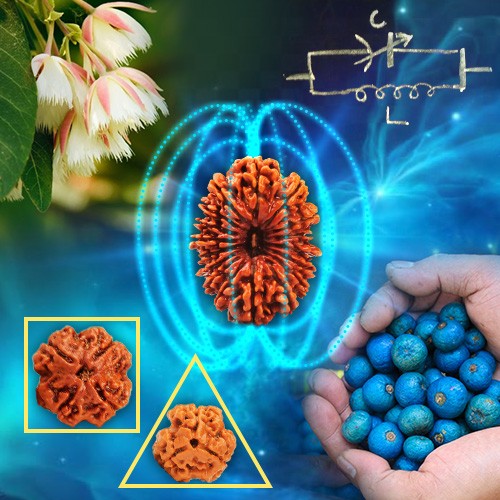

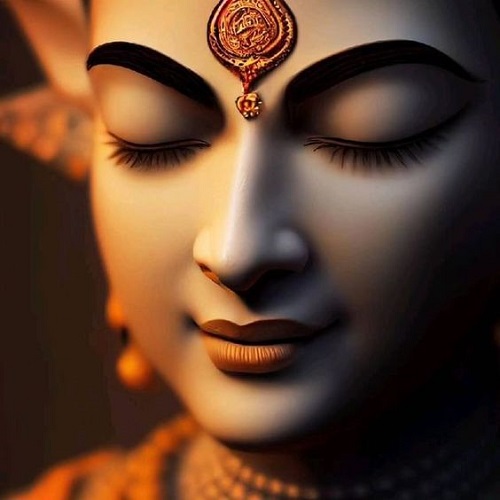
.jpg)
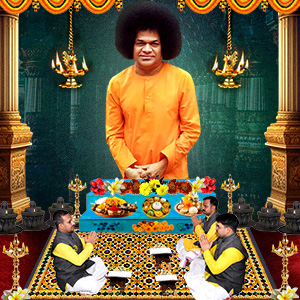
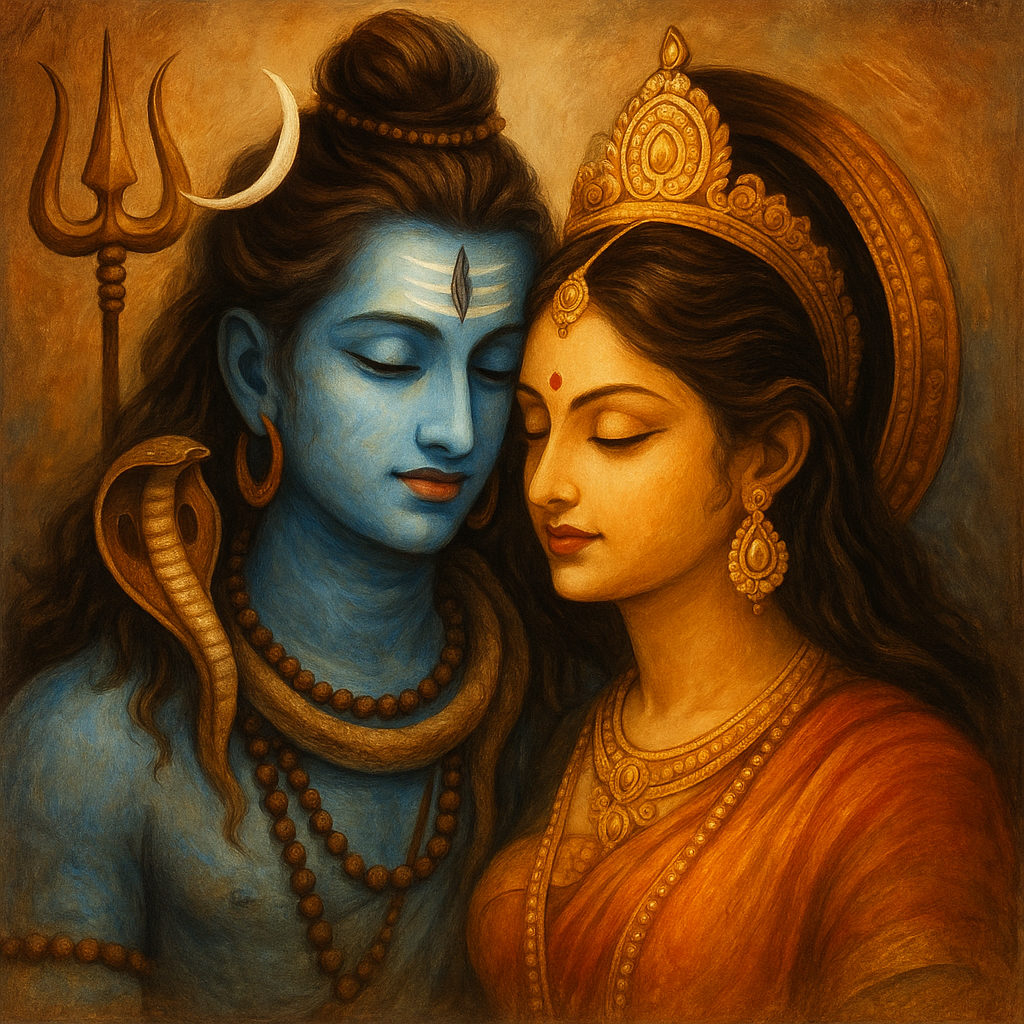
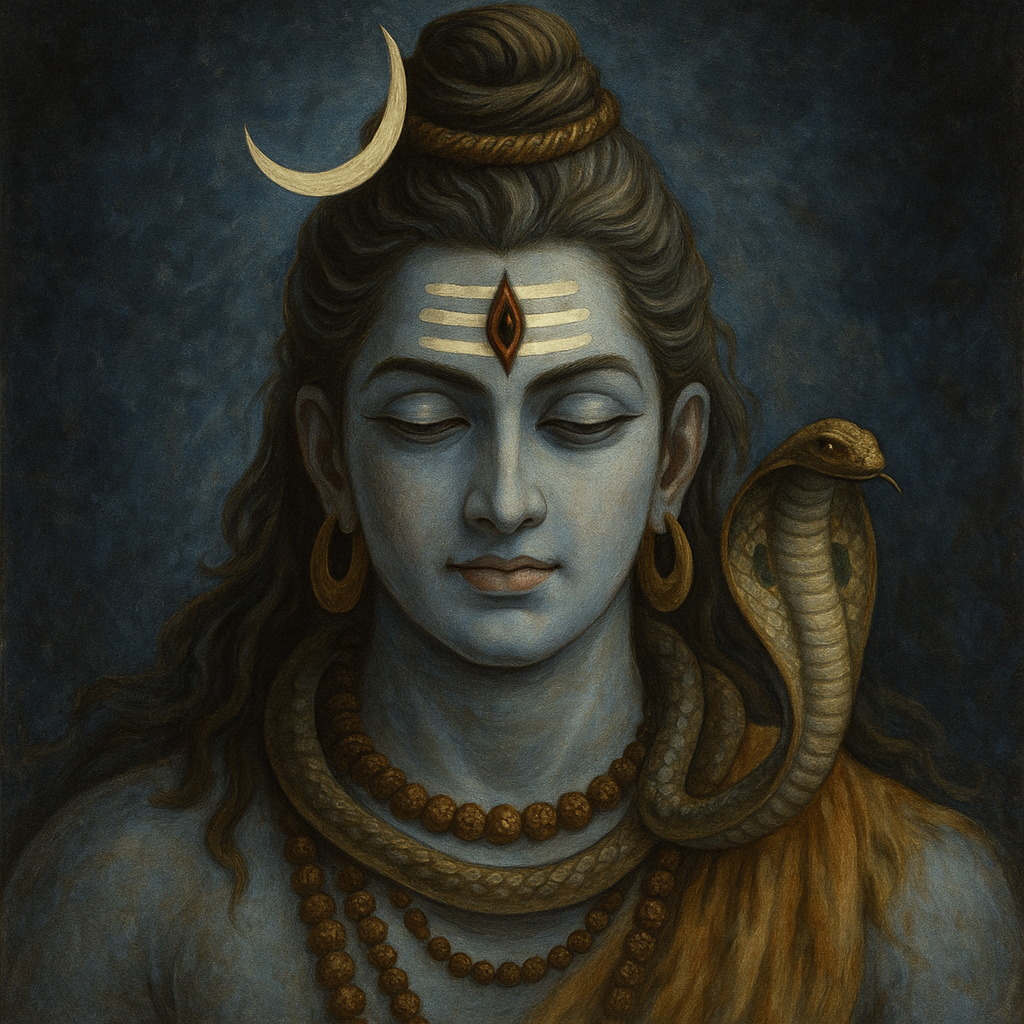
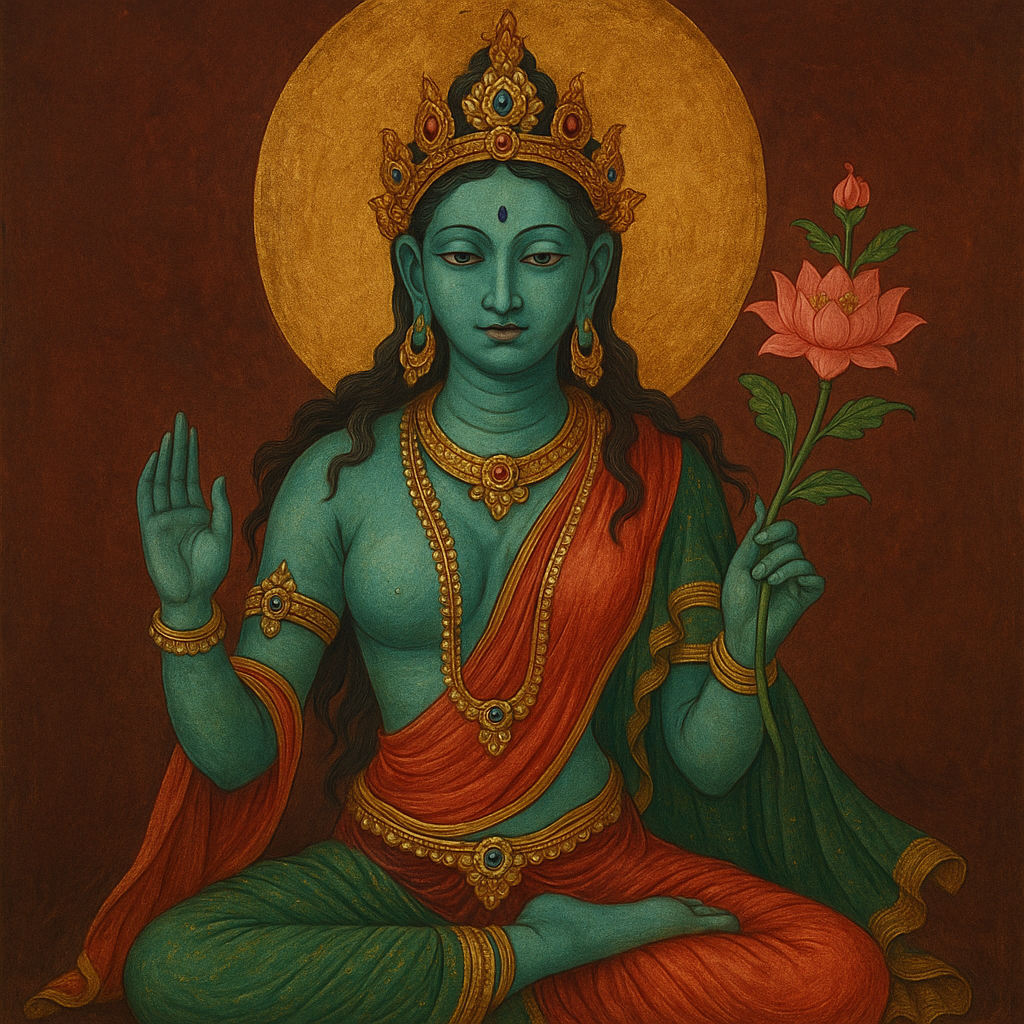
S K Das
|November 16, 2023
Respected Sir, One more fact about Manasa Devi is that She is a staunch devotee of Lord Krishna. Another fact is that She is Maha Yogini Namaskar